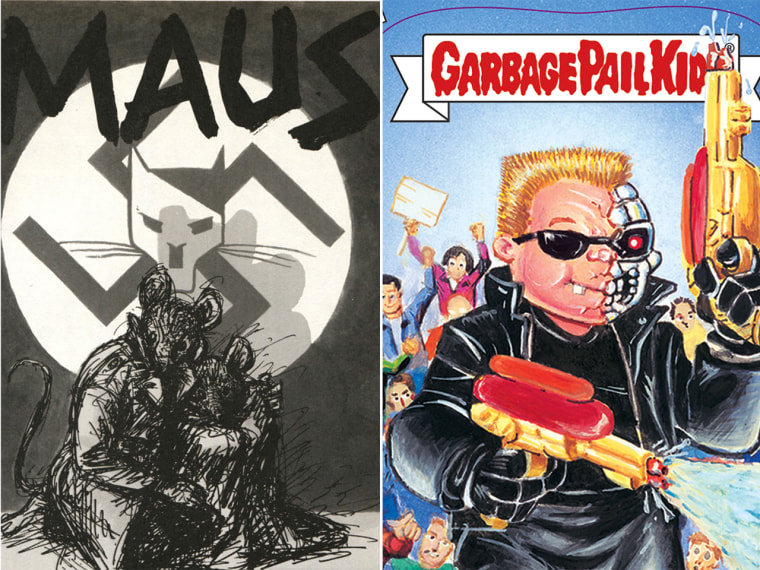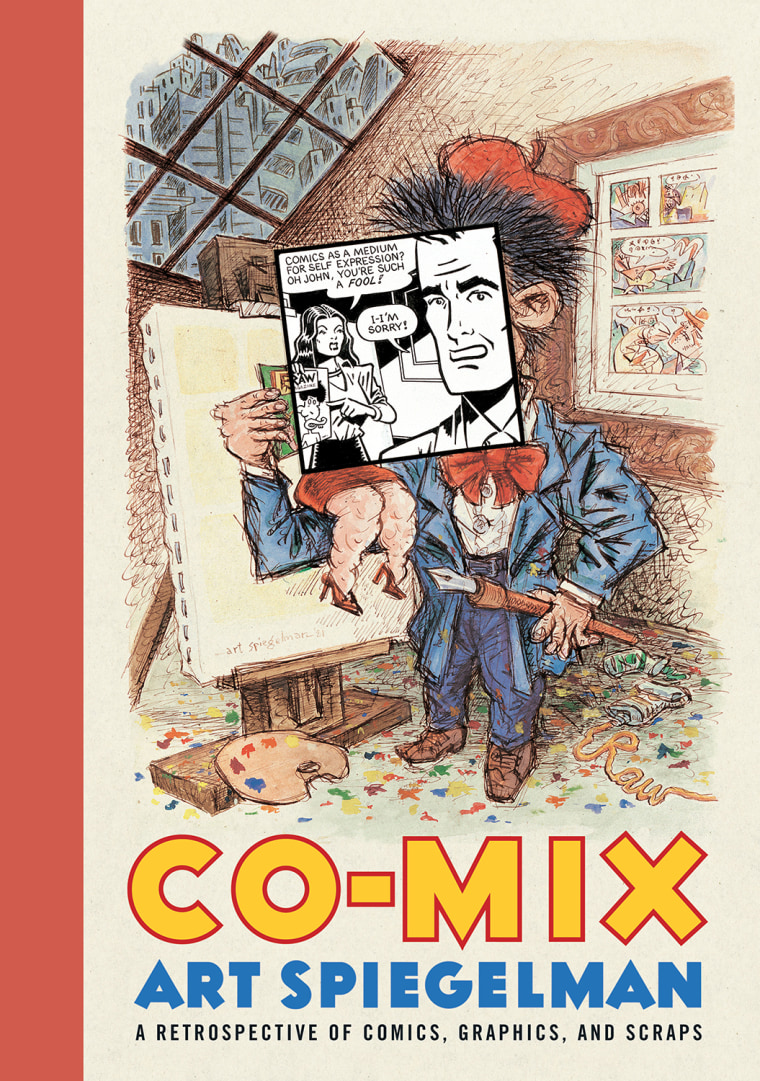
Art Spiegelman may have done more to popularize the term “graphic novel” than anyone. But he’s still not comfortable with it.
“I concede that it’s the best marketing phrase ever invented,” the 65-year-old Pulitzer Prize winner told TODAY.com, describing a New Yorker cartoon showing two businessmen looking into a bookstore window, with one saying, “I guess now we have to pretend to like graphic novels.” But, he added, “I’ve never been comfortable with any of the phrases” describing what he creates. “I’m most comfortable with ‘Co-Mix.’”
Which is the name of the retrospective of Spiegelman’s work opening Friday at New York City’s Jewish Museum, as well as a companion book fully titled “Co-Mix: A Retrospective of Comics, Graphics and Scraps.”
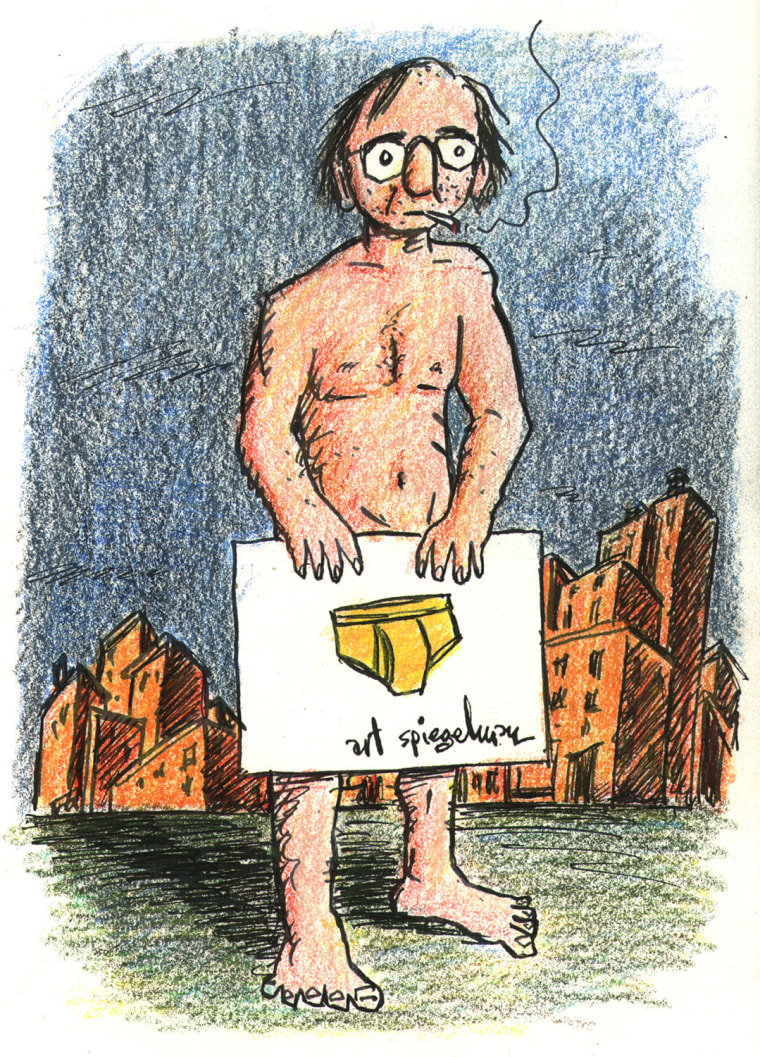
The name is apt, because Spiegelman’s career has been a colorful mix of high and low culture: everything from underground comics to New Yorker covers, from Garbage Pail Kids to “MAUS,” his acclaimed graphic novel about the Holocaust. But Spiegelman likes “Co-Mix” because it comes “without the thought that comics have to be comical – the idea of escaping the preconceptions.”
With “MAUS,” which depicted Auschwitz prisoners as talking mice and their Nazi captors as cartoon cats, Spiegelman not only escaped preconceptions about comics – he shattered them. “MAUS” attracted critical adulation and academic study, but not everyone got what Spiegelman was up to.
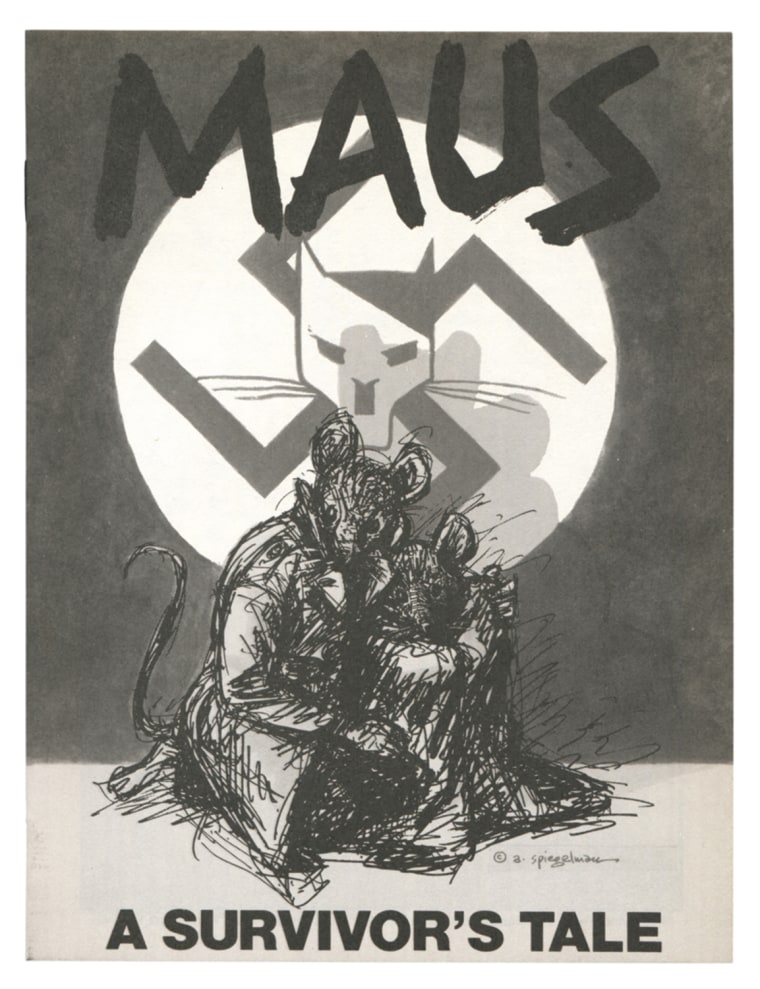
“Early on it seemed crazy to me that it would be put to a kind of secondary use that didn’t have anything to do with what I had in mind: a great way to teach people about the Holocaust,” he said. “I was trying to find a narrative, a long comic book that needed a bookmark. I needed a subject that required thinking deeply, that was the goal.” And so he turned to what he calls “the giant crater in the middle of the 20th century”: the Holocaust.
But some people didn’t see it that way. “Very early on, when every publisher on the planet was rejecting it, one letter said it was ‘too much like a sitcom,’” he recalled.
Still, “MAUS” not only went on to become the first graphic novel to win a Pulitzer Prize; it helped make comics downright respectable. “They’re now taught in universities,” Spiegelman pointed out. “Librarians love comics. Schools are beginning to look at them. There’s more happening than I can remember.”
It’s a far cry from Spiegelman’s youth, heyday of Mad magazine creator Harvey Kurtzman, whom Spiegelman cites as a key influence “at the moment I was trying to find myself as a cartoonist.” Other influences include classic newspaper comics “Krazy Kat” (“it has poetic interpretations, but there’s also a cat that gets hit with a brick”), “Little Nemo in Slumberland,” “Dick Tracy” and “Little Orphan Annie.”
“’Annie’ was an important influence on ‘MAUS’ because of the blank eyeballs that allowed you to enter emotionally,” Spiegelman explained.
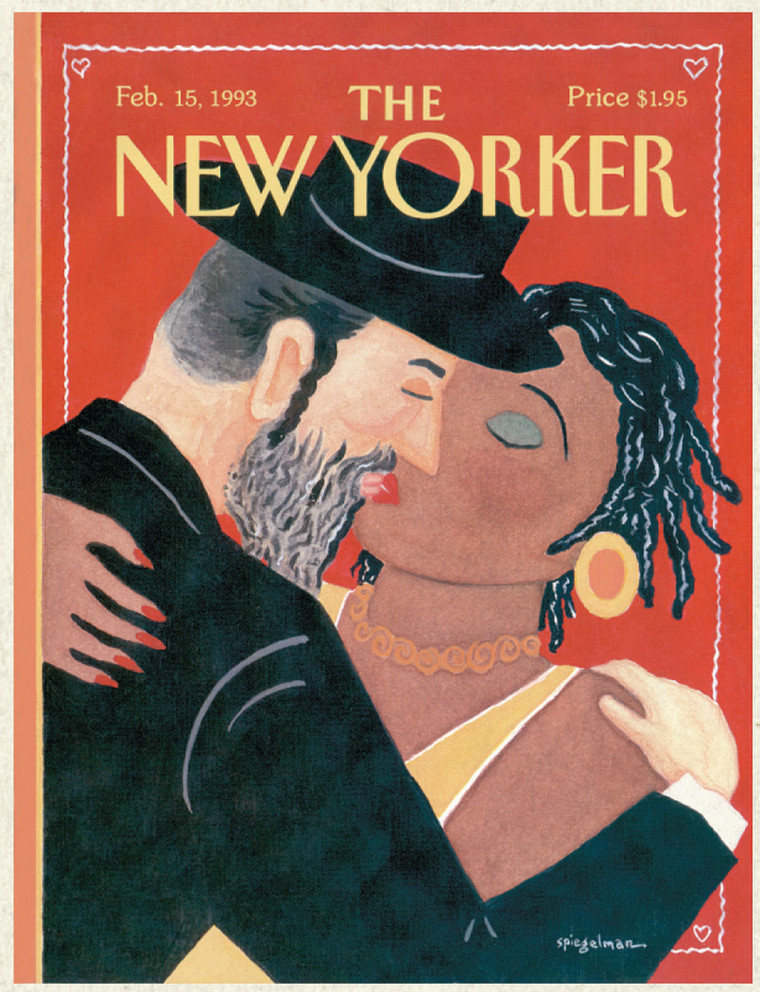
But there’s much more than “MAUS” to the “Co-Mix” retrospective, including "In the Shadow of No Towers," Spiegelman's reaction to the Sept. 11 attacks on the World Trade Center, near which he lived in 2001 with his wife, editor and fellow artist Francoise Mouly. And then there are the often controversial covers he drew for the New Yorker, such as his depiction of a kiss between a black woman and a Hasidic Jew. And though he hasn’t worked for the New Yorker since 2001, Spiegelman drops smoothly into gear when challenged to imagine what he’d draw for next issue’s cover.
“Let’s see, we’re near Thanksgiving,” he said. “Maybe a bunch of Indians sitting around McDonald’s, looking at the wrappers.”
But instead of drawing for the New Yorker, Spiegelman has a different project these days: "My wife and I are launching Toon Books," hardcover books for early readers aged 4 and up featuring comics of the same high caliber he and Mouly showcased in their groundbreaking 1980s magazine RAW.
"People say Kindles and iPads are going to make paper obsolete, which is crazy," he said. "The book as an object is becoming more and more grounded."
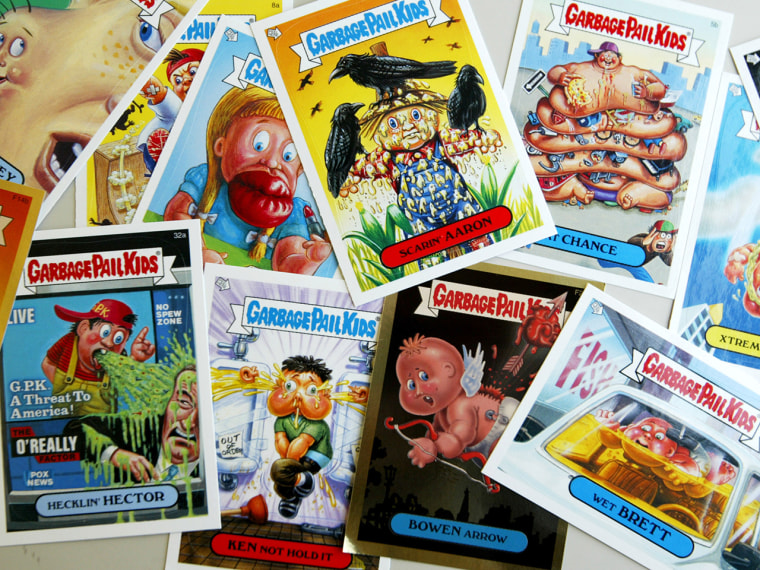
But Spiegelman is just as enthused about Garbage Pail Kids, gross-out parodies of Cabbage Patch dolls that he created to the delight of kids and disgust of parents in the 1980s. “I feel a total continuity with them,” he told TODAY.com. “I’m very proud that the exhibit starts with a wall of Garbage Pail Kids and leaps into the rest.”
In contrast, when “Co-Mix” was shown at the Pompidou Centre in Paris earlier this year, “it was a very small space” that started with a giant sketch from “MAUS,” Spiegelman recalled. “As we walked in, Francoise said, ‘You’re the only one who could get away with it.”
Read an excerpt from “Co-Mix: A Retrospective of Comics, Graphics and Scraps.”
